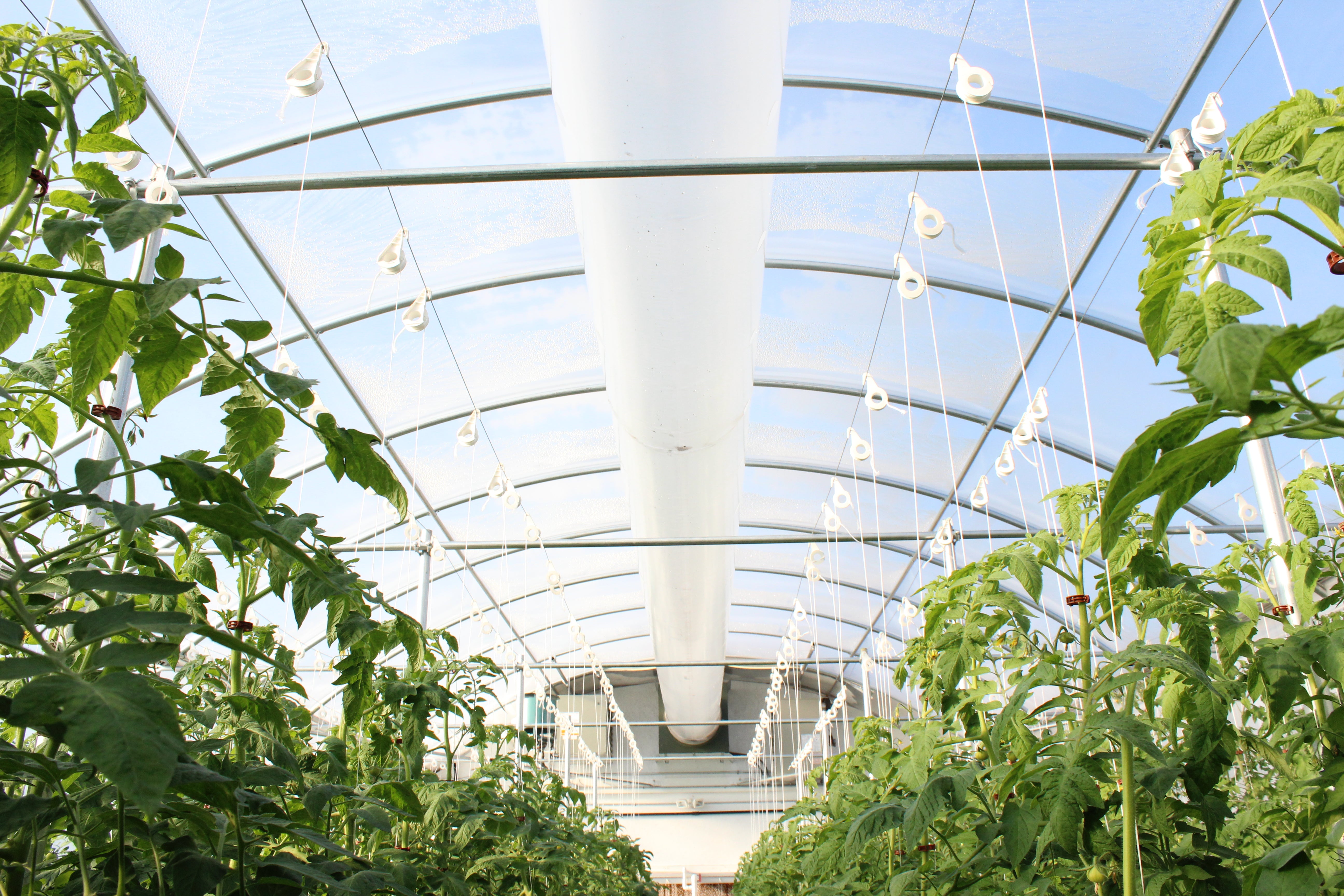Sprayer Maintenance and Calibration, Part 2

In the second part of the spray series, we’re covering sprayer calibration. Hopefully this is something that you’re already in the practice of doing periodically and this topic is a refresher for all. In this article, we’ll cover some key steps in the calibration process.
Always remember to follow the manufactures guide and recommendations for the calibration process!
-
Items needed for calibration:
- A stopwatch or time keeping device
- Graduated cylinder or pitcher with graduation marks
- Clean water source
- Rubber gloves
- Pen (or pencil) and paper
- Flags, cones, or stakes to mark out an area for calibration
-
Steps to sprayer calibration for a typical backpack or hand pump sprayer:
- Measure out a flat area that is 18’6” by 18’6”. This area will equal 128th of an acre or 340 square feet. Keep this number in mind for later steps.
- Pour clean water into the sprayer to remove any residue from pervious chemicals. Repeat this step several times before proceeding. Discard this water after use.
- Add at least 1/3 of the sprayer capacity into the sprayer with clean water.
- Spray this marked out area and record the time it takes to spray this area. Try and keep the pressure consistent in the sprayer when applying the water. Make sure to repeat at least three times to get an average number.
- Once the average time is calculated, place the nozzle of the sprayer into the measuring pitch or cylinder and spray for the same amount of time as previously calculated. Record the amount of water (in ounces) that comes out of the sprayer for that nozzle.
-
Math Time: Since the spray area that was measured out in the beginning is 1/128th of an acre and the spray volume was measured in ounces, the result is equal to the amount of chemical applied per acre. Most chemical labels will give application rates in either gallons per acre or square feet. By doing this math you can simply use the values that were previously collected to help convert between the two units.
-
Example
- Average time to spray 340 square feet using a 5-gallon backpack sprayer at 23psi = 36 seconds
- Amount of fluid collected in 36 seconds = 28 ounces
So in 36 seconds the sprayer applied 28 ounces of spray fluid which means 28 gallons per acre was applied.
